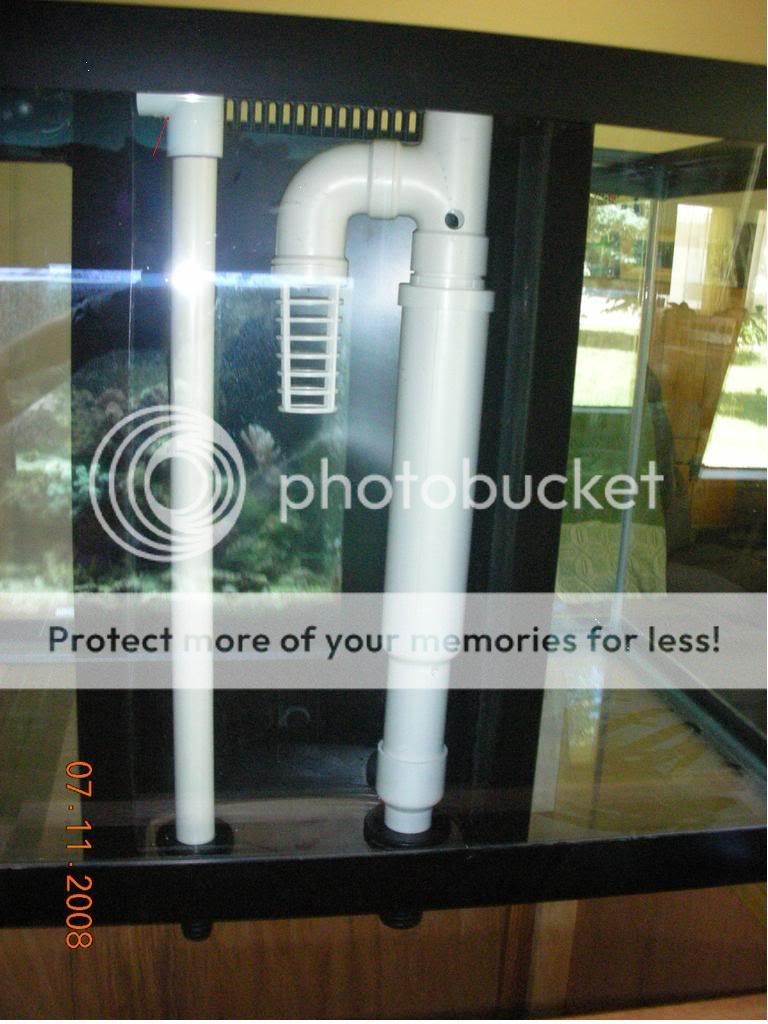parrotchute
DUSTOFF MEDEVAC
Okay after all the great info you guys gave me (and resources), I feel I'm a lot more knowledgeable on the whole sump proccess...got a couple more questions that were raised in the process:
I read, "Wet / dry filters are nothing more than a sump with a built-in chamber within which bio-media is installed. If live rock or live sand is used as bio-filtration, then the bio-media is more of a detriment than a benefit and should be removed." - So....if I have mostly live rock in my main tank, and live rock in my sump, I don't need any filter at all? How do you guys weigh in on this?
Secondly, my tank isn't pre-drilled, so I'm guessing I'll need a hang-on overflow. If I lose siphon, the pump will keep pushing the water in the main tank and overflow - what would cause the syphon to break? Any checks to put in to prevent this?
Last question: "The only place you must keep [snails] out of is the intake of your return pump" -Why? Wouldn't that just mean no more water is going into your tank, sort of as if you had a power failure? I know the water from the overflow would drain in, but only enough until it the overflow was equalized?
Sorry for the essay!!!!
-Alex
I read, "Wet / dry filters are nothing more than a sump with a built-in chamber within which bio-media is installed. If live rock or live sand is used as bio-filtration, then the bio-media is more of a detriment than a benefit and should be removed." - So....if I have mostly live rock in my main tank, and live rock in my sump, I don't need any filter at all? How do you guys weigh in on this?
Secondly, my tank isn't pre-drilled, so I'm guessing I'll need a hang-on overflow. If I lose siphon, the pump will keep pushing the water in the main tank and overflow - what would cause the syphon to break? Any checks to put in to prevent this?
Last question: "The only place you must keep [snails] out of is the intake of your return pump" -Why? Wouldn't that just mean no more water is going into your tank, sort of as if you had a power failure? I know the water from the overflow would drain in, but only enough until it the overflow was equalized?
Sorry for the essay!!!!
-Alex

